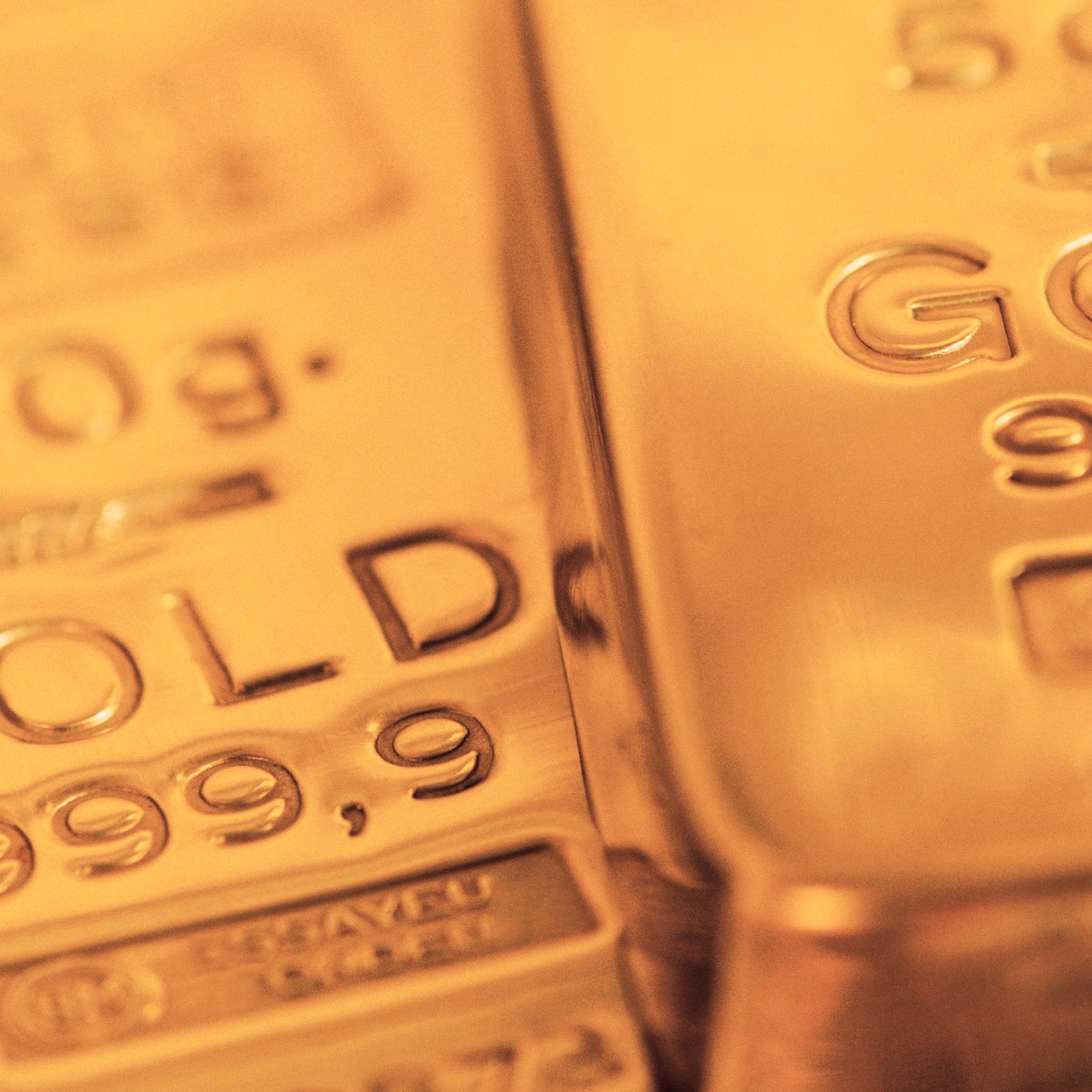Commodities & Metals
Central Banks, Particularly China and Russia, Still Remain Strong Buyers of Gold

Published:
Last Updated:

Gold may have lost some of its luster to investors, but demand trends remain perhaps more favorable than the price of gold might indicate in dollars. The technology sector gold demand remains weak, but there was continued buying from investors, central banks and even for jewelry. The World Gold Council has released its third-quarter gold demand trends report with quite a few surprises.
With central banks needing to own more gold in general, and with their ability to write the largest single checks in the world, 24/7 Wall St. wanted to focus mostly on the central bank demand.
A quick summary from the Gold Demand Trends report showed that investment demand (total of bars, coins and exchange traded funds) rose 27% in the third quarter of 2015 from a year earlier. Total investment demand was 229.7 tonnes, which was the highest third-quarter total since 2012, despite weak ETF demand. Jewelry demand was up 6%, and while mine production was soft, the total gold supply increased by 1%.
The World Gold Council said that net purchases from central banks have continued, with a note that the central bank picture has become more transparent.
In total, central banks and other institutions accumulated 175 tonnes of gold in the third quarter. According to the World Gold Council, this was the second highest quarter of net purchases on record. That being said, central bank demand remains down 3% year to date for 2015 versus a year ago. It turns out that central bank demand of 179.5 tonnes in the third quarter of 2014 was the strongest reading.
ALSO READ: Merrill Lynch’s 4 Blue Chip Energy Dividend Stocks to Own for 2016
A trend that remains is that developing nations are diversifying their reserve assets. That may be as economic and geopolitical outlooks continue to look far from certain.
The World Gold Council even noted that the list of central banks contributing to the rise in global gold reserves is evolving. Central banks as a whole added 175 tonnes to their official reserves. Here are some basic notes on gold buying by central banks singled out in the Gold Demand Trends report:
The Banco Central de Colombia was the only noteworthy net seller of gold, lowering its official gold reserves by 6.9 tonnes.
ALSO READ: Jefferies Has 4 Very Bold Value Calls This Week
The World Gold Council said of China:
Despite gold reserves standing at 1,708.5t at the end of the quarter, this still represents less than 2% of total reserves. This shift by China’s State Administration of Foreign Exchange (SAFE), which compiles these statistics, is seen as an effort to increase data quality and transparency. In October it was announced that China had adopted more stringent International Monetary Fund’s Special Data Dissemination Standards (SDDS) for the disclosure of official reserve assets. … At 1,658 tonnes, that put China at number six in the global rankings.
Take the quiz below to get matched with a financial advisor today.
Each advisor has been vetted by SmartAsset and is held to a fiduciary standard to act in your best interests.
Here’s how it works:
1. Answer SmartAsset advisor match quiz
2. Review your pre-screened matches at your leisure. Check out the
advisors’ profiles.
3. Speak with advisors at no cost to you. Have an introductory call on the phone or introduction in person and choose whom to work with in the future
Take the retirement quiz right here.
Thank you for reading! Have some feedback for us?
Contact the 24/7 Wall St. editorial team.